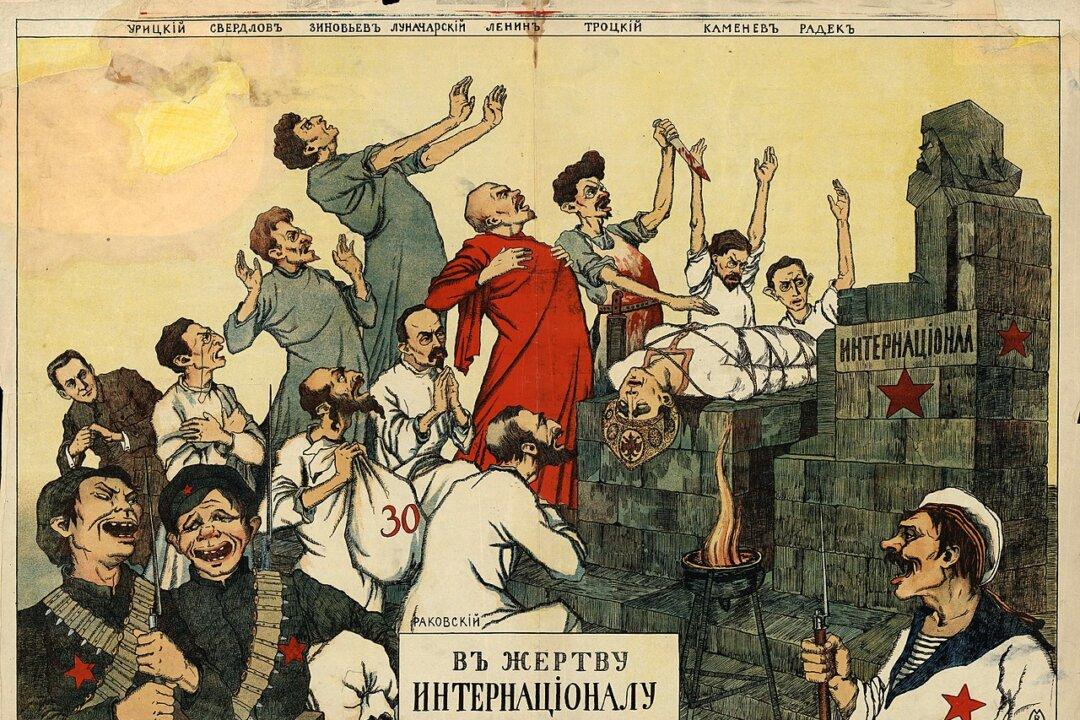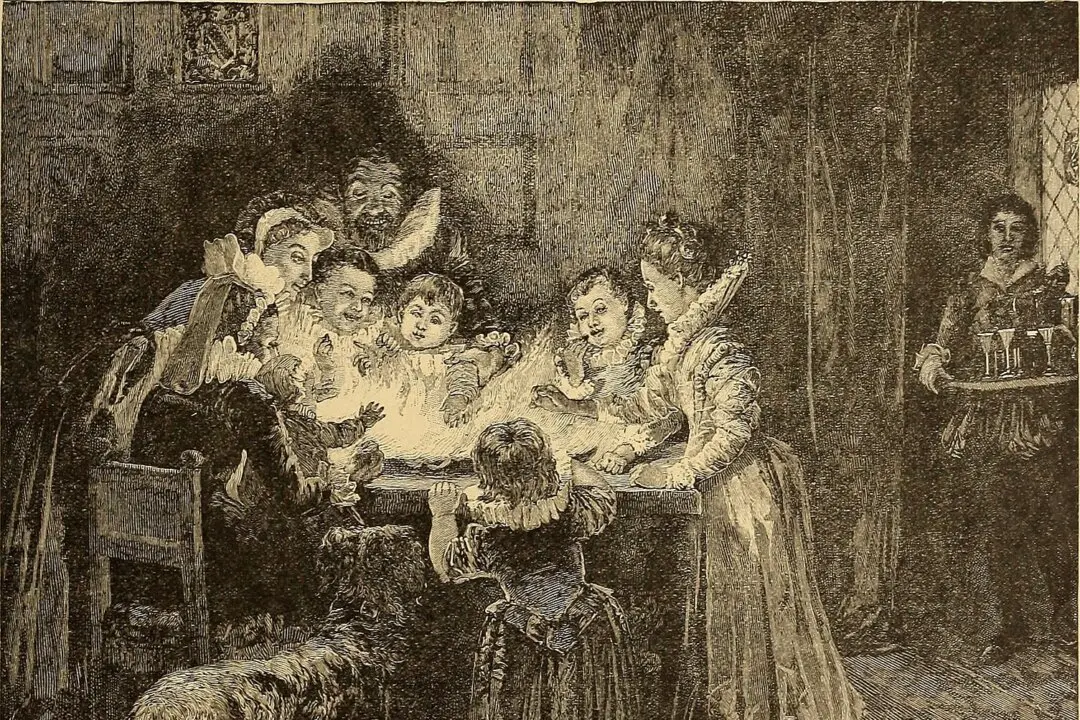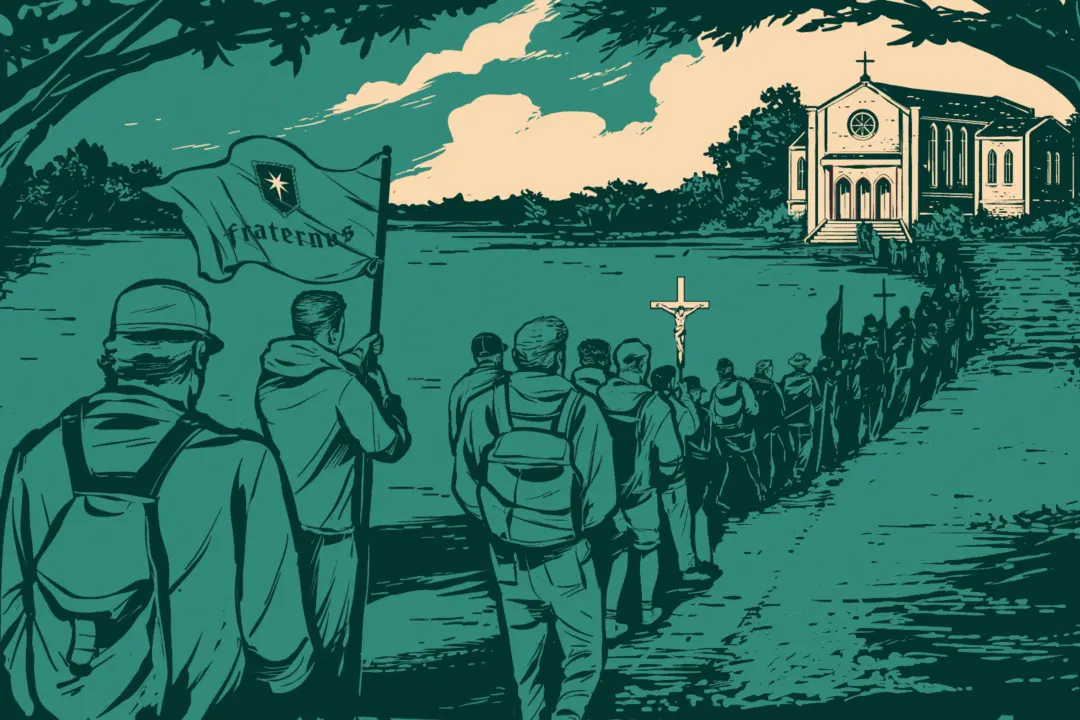At 10:00 p.m., on the blustery night of Nov. 6, 1917, two ragged figures made their way through the barren streets of Petrograd, and with them went the doom of Russia. One of the men wore a wig and had a handkerchief tied around his face, allegedly to allay the pain of a toothache. Both men wore ragged workers’ cloaks and caps, flapping in the frigid wind, but they were not workers.
The two men were bound for the Smolny Institute, once an educational institution for young women of the nobility, now the headquarters for the revolutionary Bolshevik party, the central hub from which their tentacles reached out into the city and from which they planned to execute their coup. It was a fitting transformation for this venerable old building, symbolic of the fate of Russia as a whole, for the old aristocratic and noble order was about to be obliterated in fire and blood and replaced with the first communist state the world had ever seen.






